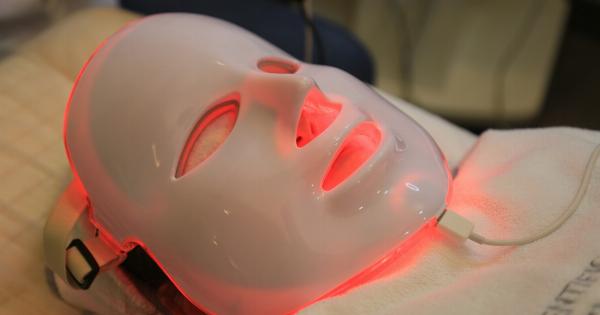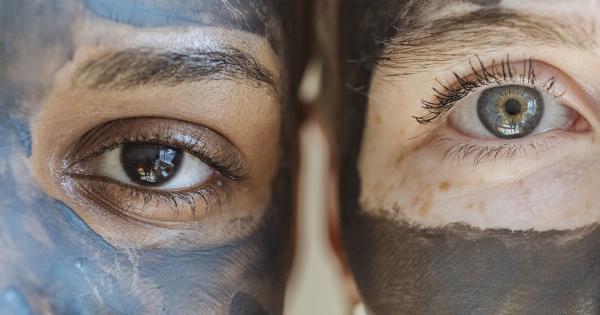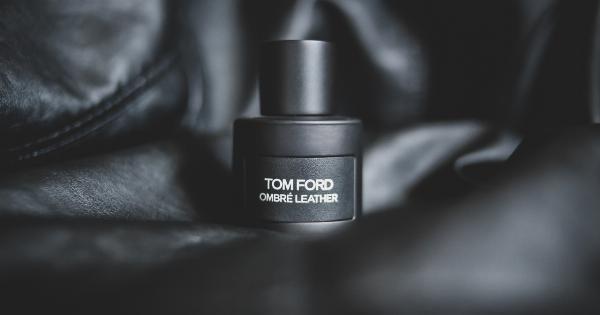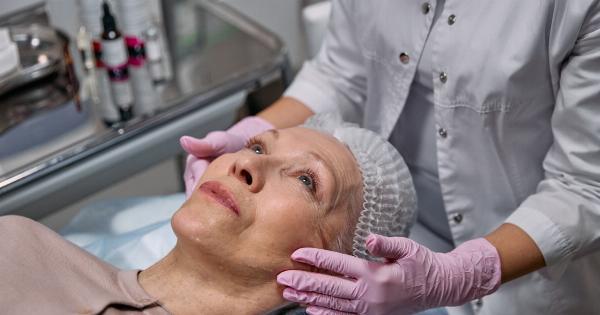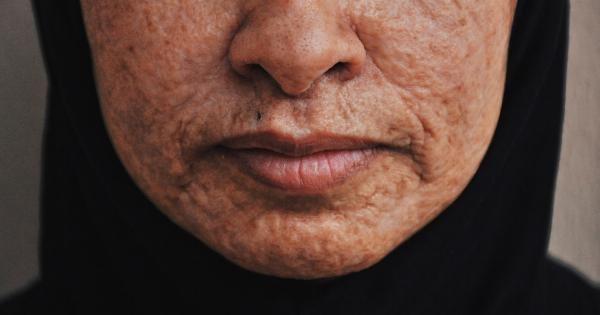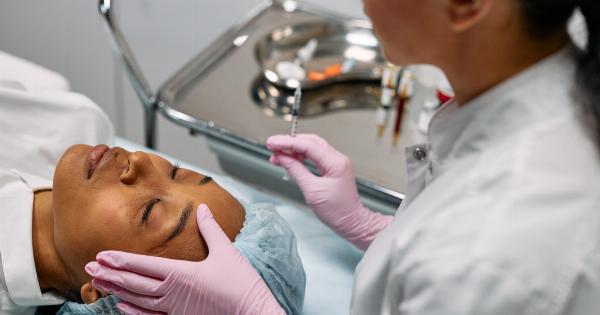When it comes to enhancing our looks, many people turn to dermal fillers as a non-surgical option. These injectable substances can smooth wrinkles, add volume, and enhance facial contours.
However, recent FDA alerts have highlighted the risks associated with these fillers, urging consumers to take extra precautions before undergoing any procedures. In this article, we will discuss the potential dangers of fillers and provide you with essential tips to stay safe.
Understanding Dermal Fillers
Dermal fillers are substances that are injected into the skin to enhance its appearance and smoothen out wrinkles, creases, and folds.
The most commonly used fillers are made from hyaluronic acid, a natural compound found in the body that helps retain moisture and provide elasticity to the skin. Other fillers may be composed of collagen or calcium hydroxylapatite, both of which stimulate collagen production and add volume to the treated area.
Hyaluronic acid fillers, such as Juvederm and Restylane, are considered temporary fillers as their effects may last from several months to over a year.
Collagen fillers, on the other hand, provide short-term results, while calcium hydroxylapatite fillers have longer-lasting effects, often lasting several years.
The Risks Associated with Fillers
Although dermal fillers have become increasingly popular in recent years, it is essential to understand that there are potential risks involved. The FDA alerts have highlighted several significant concerns regarding the use of fillers, including:.
1. Infections
Injecting fillers carries the risk of introducing bacteria into the body, leading to infections. These infections can be localized or spread to other areas of the skin, causing redness, pain, and even abscess formation.
It is crucial to ensure that the procedure is performed in a sterile environment and by a qualified professional.
2. Allergic Reactions
Some individuals may experience allergic reactions to the components of the filler substances. It is important to inform your injector about any known allergies or prior allergic reactions to avoid potential complications.
Allergic reactions can range from mild redness and swelling to severe symptoms such as difficulty breathing and anaphylaxis. Immediate medical attention is required if any signs of an allergic reaction occur following a filler treatment.
3. Vascular Complications
Vascular complications occur when the filler substance is inadvertently injected into blood vessels, leading to blockages or damage. If a blood vessel becomes blocked, it can cause skin necrosis (tissue death) and potentially scarring.
This serious complication necessitates immediate medical intervention to minimize long-term damage.
4. Nodules and Lumps
In some cases, the body may react to the filler by forming small nodules or lumps under the skin. These palpable abnormalities can be unsightly and may necessitate further corrective treatments or even removal of the filler substance.
Proper injection technique and appropriate product selection can reduce the risk of nodules and lumps.
5. Migration
Fillers can sometimes migrate from the initially treated area to other unintended areas. This can result in a distorted appearance or complications in adjacent structures.
To minimize the risk of migration, it is essential to select a qualified and experienced healthcare professional who is knowledgeable about proper injection techniques.
Staying Safe with Dermal Fillers
While there are risks associated with dermal fillers, following these essential tips can help you stay safe during your treatment:.
1. Choose a Qualified Injector
Always ensure that your filler treatment is performed by a qualified healthcare professional, such as a dermatologist or plastic surgeon, who has extensive experience in administering fillers.
Proper injection technique significantly reduces the risk of complications.
2. Research the Products
Before undergoing any filler treatment, research the different types of fillers available, their composition, and potential risks.
Discuss your options with your healthcare provider to determine which product is most suitable for you based on your desired results and individual needs.
3. Share Your Medical History
Inform your healthcare provider about your complete medical history, including any allergies, prior surgeries, or medical conditions. This information will help them assess your suitability for filler treatments and minimize potential risks.
4. Ask for Genuine Products
Always ensure that your healthcare provider uses genuine dermal filler products that are FDA-approved. Counterfeit or illegally imported fillers can have unpredictable effects and increase the risk of complications.
5. Avoid Bargain Deals
While cost can be a factor in your decision-making, it is essential not to compromise on quality and safety.
Be cautious of excessively cheap filler treatments or deals that seem too good to be true, as they may indicate substandard products or inexperienced practitioners.
6. Seek a Consultation
Prior to scheduling a filler treatment, seek a thorough consultation with your healthcare provider.
Use this opportunity to ask any questions or express concerns you may have, ensuring that you have a clear understanding of the procedure, potential risks, and expected outcomes.
Conclusion
While dermal fillers have the potential to enhance your appearance and boost your confidence, it is crucial to be aware of the risks associated with these procedures.
By choosing a qualified professional, understanding the potential dangers, and following the aforementioned safety measures, you can significantly reduce the chances of complications and enjoy the benefits of fillers safely and effectively.







